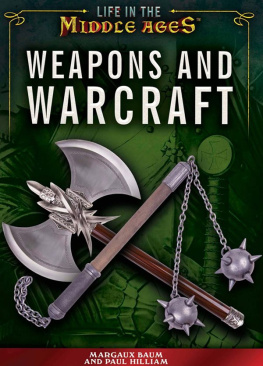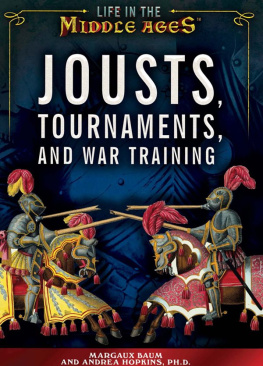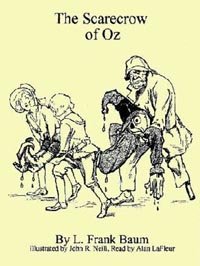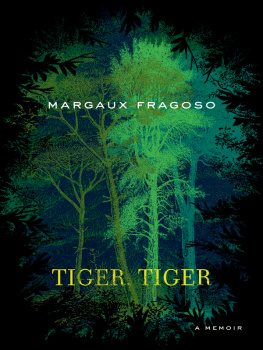Margaux Baum - Weapons and Warcraft
Here you can read online Margaux Baum - Weapons and Warcraft full text of the book (entire story) in english for free. Download pdf and epub, get meaning, cover and reviews about this ebook. year: 2017, publisher: The Rosen Publishing Group, Inc, genre: History. Description of the work, (preface) as well as reviews are available. Best literature library LitArk.com created for fans of good reading and offers a wide selection of genres:
Romance novel
Science fiction
Adventure
Detective
Science
History
Home and family
Prose
Art
Politics
Computer
Non-fiction
Religion
Business
Children
Humor
Choose a favorite category and find really read worthwhile books. Enjoy immersion in the world of imagination, feel the emotions of the characters or learn something new for yourself, make an fascinating discovery.
- Book:Weapons and Warcraft
- Author:
- Publisher:The Rosen Publishing Group, Inc
- Genre:
- Year:2017
- Rating:3 / 5
- Favourites:Add to favourites
- Your mark:
- 60
- 1
- 2
- 3
- 4
- 5
Weapons and Warcraft: summary, description and annotation
We offer to read an annotation, description, summary or preface (depends on what the author of the book "Weapons and Warcraft" wrote himself). If you haven't found the necessary information about the book — write in the comments, we will try to find it.
Weapons and Warcraft — read online for free the complete book (whole text) full work
Below is the text of the book, divided by pages. System saving the place of the last page read, allows you to conveniently read the book "Weapons and Warcraft" online for free, without having to search again every time where you left off. Put a bookmark, and you can go to the page where you finished reading at any time.
Font size:
Interval:
Bookmark:

CHAPTER FIVE
CASTLES AND SIEGE TACTICS
O ne of the most important and common sites of conflict during the Middle Ages was the castle. Castles served as not only the headquarters of noble families but also as bases from which they could launch attacks and military campaigns. Most important, their construction provided safety and defenses for the nobles, soldiers, and surrounding citizens escaping from enemy attacks. For these reasons, they were constructed all throughout Europe and were the most impressive buildings of their time, along with cathedrals.
DEFENSE OF A CASTLE
The earliest castles during the Middle Ages were of motte and bailey construction. A mound of earth was made, on which was built a small wooden tower, or keep, which was protected by a wall of wooden stakes. Around the motte was another wall of stakes enclosing an area in which there were living quarters and storerooms. A ditch surrounded the whole site.
Motte and bailey castles were gradually replaced by stronger stone castles, which were less vulnerable to fire. The enormous weight of stone keeps meant that they could not be built on an artificial mound, so castles were often built on natural rocky hills. Where this was not possible, extra protection might be given by diverting a river to create a moat filled with water around the castle.
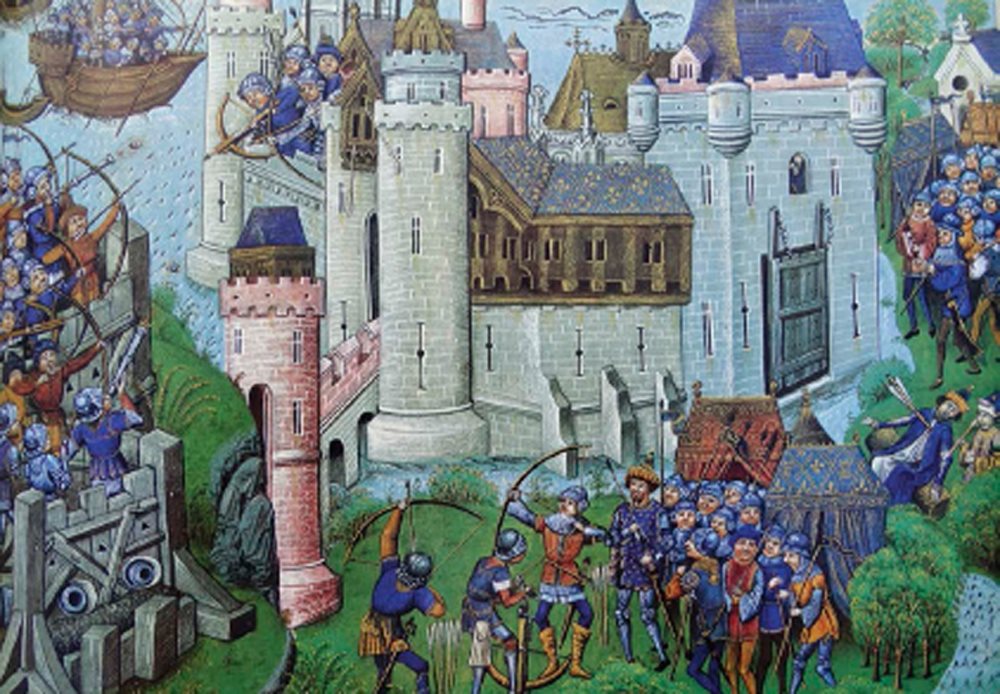
This painted montage depicts the French siege of Mortagne, near Bordeaux, France, held by the British. On the center right side, a famous mercenary fighting for the French, Owen of Wales, is shown felled by an arrow, supposedly by an English double agent.
The square corners of stone keeps could be badly damaged by rocks hurled by catapults and siege machines, so round keeps and outer curtain walls started to appear by the mid-thirteenth century. Missiles glanced off their smooth surfaces. Later still, rings of two or even three concentric outer walls were built.
Castles became more and more ingenious in their design. The entrance was always a weak spot and so would be protected by a drawbridge. A sliding iron gate called a portcullis could be lowered over the entrance itself. Then there would often be a short tunnel before another portcullis. Any attackers trapped in the tunnel would have boiling pitch or water poured on them through holes in the roof. Another protection for the entrance was the barbican, a kind of three-sided tower raised over an open alleyway.
The tops of walls were given crenellations or parapets from behind which arrows could be fired. Ledges were built jutting out from the battlements for defenders to drop rocks or fend off siege ladders. The bases of castle walls sloped outward, so rocks dropped from above bounced off horizontally toward the enemy. Windows were narrow slits when viewed from outside, but inside they widened sharply to allow archers to fire in all directions. If attackers did manage to breach the entrance to a castle, they would have little hope of going any farther. Even spiral stairs were designed so that only a soldier coming down or retreating in defense could swing a sword.
At the first sign of danger, extra supplies would be brought within castle walls, including local farm animals. Any crops not harvested might be burned to prevent them being used by enemy troops. When an army arrived to besiege a castle, heralds would meet to negotiate. If the inhabitants did not agree to surrender at this stage, they could expect no mercy later if the castle was captured. A siege could last for many months or even years. Defenders were left hoping that a relief army would arrive, but meanwhile felt cut off from the outside world. During the Crusades, Turks used carrier pigeons to send and receive messages when besieged. In response, the European soldiers used birds of prey trained to kill other birds. Conditions in the castle would meanwhile decline rapidly. The spread of illness and disease was a constant fear, water supplies ran low, and when food was short the occupants would search for rats to eat.
ATTACKING A CASTLE
As the defense of castles became more effective, the methods of attack became increasingly more ingenious. Starving a castle into surrender might take a very long time, but at least it was relatively safe. On the other hand, attacking a castle directly was very dangerous. Any town near a castle would probably fall quite quickly. Burning arrows would set fire to thatched houses, while troops used battering rams on gates and scaled walls on long ladders. Much larger siege machines were needed to breach castle walls.
A besieging army might arrive with giant crossbows and catapults in pieces, which would be reconstructed on site. Ballistas were used to fire large metal bolts, and mangonels threw boulders from an arm shaped like a large spoon. Ropes at one end of the arm were twisted to provide tension, while the other end was held fast and loaded just before release. Both of these weapons dated back to Roman times and were of limited effectiveness.
More terrifying was the trebuchet. This was a truly enormous catapult, capable of hurling stones weighing between 100 and 200 pounds (45 and 90 kilograms) over several hundred yards. At one end of a long arm was a large container filled with rocks that acted as a counterbalance. At the other end of the arm was a sling, which whipped around in the air to give extra propulsion to the missile before its release. King Edward I of England ordered a trebuchet to be built during his campaign against Scotland. It was called Warwolf, and with an arm about fifty feet (fifteen meters) long, it threw boulders with such force that they penetrated castle walls.
Catapults were also used to throw diseased animal carcasses into castles in an effort to spread disease. Between 1097 and 1098, it took a crusading army eight months to capture the Turkish-held city of Antioch (now Antakya). During the siege, 200 decapitated Turkish heads were catapulted into the castle in an attempt to demoralize the defenders. Eventually, an armorer turned traitor and opened the gates. Elsewhere, there were stories that enemy heralds were put into catapults and sent flying back into the castle grounds!
THE SIEGE OF ACRE
Some of the most notable battles of the medieval era did not take place in Europe. As noted earlier, the Crusaders from Europe not only made expeditions to the Middle East to defend sites they considered part of the holy territory of Christendom but also to defendChristian pilgrims to the Holy Land in the area of Palestine.
One pivotal battle occurred at the Crusader-controlled walled fortress city of Acre (now in northern Israel) beginning in early April 1291. In this case, the Mamluk Sultanate, commanded by Al-Ashraf Kalil, had besieged members of the Kingdom of Jerusalem, the Christian Crusader state that claimed the region, and members of the military orders known as the Knights Templar, the Knights Hospitaller, and the Teutonic Knights.
Kalil used powerful siege engines and thousands of volunteers, with some estimatesputting the number of the Sultanates forces at between 160,000 and 220,000, while the besieged crusaders numbered only about 18,000. Over the course of more than six weeks, the attackers catapults weakened the walls of the city. Thousands of arrows were shot by the Muslim forces. The defenders were forced to retreat to the citys inner walls by May 16. Finally, even those defenses were breached, and many knights escaped in the chaos, but the city was defeated, its inhabitants slain or enslaved.
Font size:
Interval:
Bookmark:
Similar books «Weapons and Warcraft»
Look at similar books to Weapons and Warcraft. We have selected literature similar in name and meaning in the hope of providing readers with more options to find new, interesting, not yet read works.
Discussion, reviews of the book Weapons and Warcraft and just readers' own opinions. Leave your comments, write what you think about the work, its meaning or the main characters. Specify what exactly you liked and what you didn't like, and why you think so.

